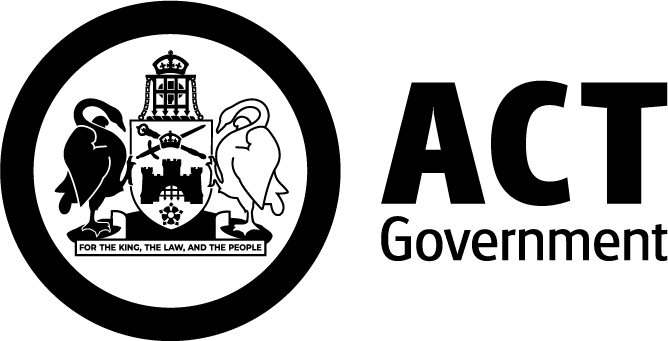Eastern Bettong (Bettongia gaimardi)

Description
- The Eastern Bettong is a small nocturnal macropod.
- It has grey-brown fur on the top and lighter fur on its belly.
- It has pinkish skin around its mouth, nose, feet, and inside its ears.
- Its back feet are long, and its front paws have long, curved claws.
- The average adult has a head and body size of 32 cm, with a tail up of 32 cm long, and weight of 1.6 kg.
- It can live up to 3-6 years in the wild.
- Females have 2-3 babies each year and take care of their babies on their own.
- It mainly eats fungi, especially underground truffles, found in eucalypt forests.
- In areas with less rain, it eats roots, tubers, seeds, fruit and invertebrates.
Find out more about the Eastern Bettong on Canberra NatureMapr.
Where to find them
The Eastern Bettong is found in Tasmania in the dry eastern half of the island up to 1,000 m above sea level.
The species was reintroduced to the ACT in 2011 and 2012. Sixty individuals from Tasmania were moved to Tidbinbilla Nature Reserve and Mulligans Flat Woodland Sanctuary, where there are no predators. The Tidbinbilla population was moved to Mulligans Flat in 2020.
The Eastern Bettong lives in habitats that have:
- well-drained open eucalypt woodlands
- grassy or heathy groundcover
- low shrubs, grasses and fallen timber for nesting and staying warm.
Conservation threats
Threats to the Eastern Bettong include:
- predators such as foxes and feral cats
- habitat loss and fragmentation of their dry forest and woodland homes
- damage to its habitat and competition from livestock or introduced herbivores including overgrazing
- fire management practices that are harmful
- climate change
- diseases, including viral infections.
Conservation status
- International – Near threatened (International Union for Conservation of Nature Red List).
- National – Extinct, mainland subspecies (Environment Protection and Biodiversity Conservation Act 1999).
- Australian Capital Territory – Regionally conservation dependent (Nature Conservation Act 2014)
Conservation actions
Conservation aims to rebuild the population of the Eastern Bettong, including to:
- set up a captive breeding group at Tidbinbilla Nature Reserve
- keep the fenced population safe at Mulligans Flat and Goorooyarroo nature reserves
- release the species into the wild in the ACT
- control predators and pests
- research management strategies for the species
- increase community awareness about native species and give people chances to be involved in conservation efforts.
